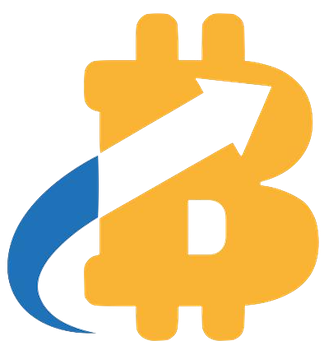The cryptocurrency sector is notorious for its volatility and speculative nature, with certain assets capturing the imagination of investors and analysts alike. One such asset currently drawing attention is XRP, particularly following bold assertions made by crypto analyst Andrei Jikh. He has sparked excitement within the XRP community with a projected price target of $100, a figure that, to many, seems lofty. However, Jikh has laid out a range of factors to substantiate this prediction. Let’s delve into the intricacies of his arguments and examine how realistic and consequential they might be in shaping the future of XRP.
Fundamental to Jikh’s bullish sentiment is the long-anticipated conclusion of the legal tussle that Ripple Labs has been embroiled in with the Securities and Exchange Commission (SEC). Jikh pointed to the SEC’s recent decision to remove the Ripple case from its website, suggesting that this could indicate a reduction in legal pressure on Ripple. This observation cannot be overlooked as the resolution of the lawsuit could significantly alter investor sentiment. It has been well documented that prolonged legal battles can undermine investor confidence, so a potential closure would likely lead to renewed interest in XRP as institutional and retail investors alike could feel safer in purchasing the asset.
Moreover, Jikh related this optimism to the SEC’s agreement to pause its legal proceedings with Binance, hinting that this trend could parallel Ripple’s situation. If true, a legal resolution could ignite buying frenzy that might propel XRP higher. This aspect deserves careful scrutiny, as market movements are often predicated upon psychological factors as much as on hard data.
Another point made by Jikh pertains to the impending adoption of XRP by a staggering 80% of Japanese banks for global transactions. The potential for such a massive adoption cannot be overstated; Japan hosts one of the world’s largest economies, thereby presenting a substantial market for Ripple’s technology. If Japanese banks leverage XRP for their payment systems, it could establish a solid use case, amplifying XRP’s utility in the global financial landscape.
This anticipated shift might not solely be domestically relevant; rather, it could propel XRP into the international spotlight as a viable cryptocurrency for cross-border payments. However, while Jikh’s assertions are enthusiastic, it will be crucial to monitor the practical advancements in technology and regulatory acceptance. Evidence of successful trials or partnerships would provide a clearer guidepost for the future prospects of XRP.
Jikh’s analysis also tapped into the potential approval of XRP Exchange-Traded Funds (ETFs). Drawing parallels with the market impact seen after Bitcoin ETFs were sanctioned, he projects that XRP could similarly benefit from this regulatory development. Historical trends indicate that ETFs bring liquidity and institutional legitimacy to cryptocurrencies, which could consequently result in dramatic price surges.
However, while optimism surrounding XRP ETFs is a compelling narrative, the regulatory landscape surrounding cryptocurrencies is notoriously fluid. Jikh’s hopes hinge on a favorable regulatory climate, yet the actual outcomes will depend on various administration policies and public responses.
Beyond regulatory developments, Jikh underscored the technological prowess of the XRP Ledger (XRPL). With its capability to process approximately 1,500 transactions per second, the XRPL could serve as an essential platform for tokenizing real-world assets, enhancing adoptability as a mainstream payment tool. Such progress feeds into broader trends in the crypto space, where real assets are increasingly explored for tokenization.
Additionally, Jikh mentioned Ripple’s new stablecoin, Real USD (RLUSD), which employs a burn mechanism to manage XRP supply. This provides a potential dual benefit: as utility increases, XRP’s availability may decrease, creating upward pressure on its price. This illustrates the interconnected nature of Ripple’s ecosystem and how innovative financial products can support XRP’s valuation.
While Andrei Jikh’s exuberance around a $100 XRP price target is captivating enough to capture broad attention, it is imperative to approach such speculative projections with caution. Each factor he highlights—from the resolution of the SEC lawsuit to technological advancements and potential ETF approvals—holds merit but also comes with uncertainties. As the cryptocurrency market remains exceptionally unpredictable, stakeholders must remain vigilant, balancing optimism with prudent skepticism as they navigate the exciting yet treacherous waters of digital asset investment. The journey to reclaim XRP’s former glory entails many twists and turns, and while the vision of $100 is aspirational, the path to that milestone is layered with challenges to overcome.



















Leave a Reply